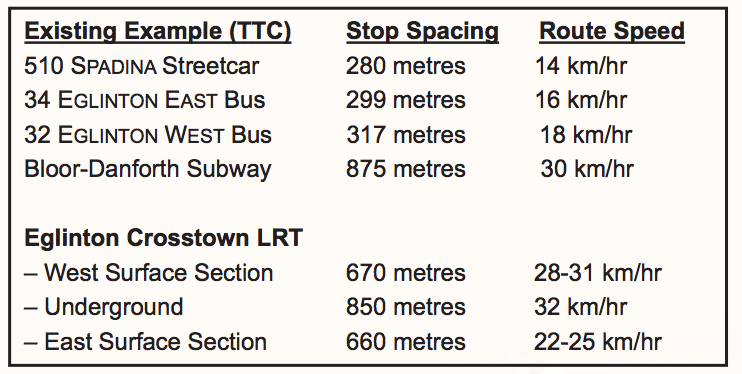Let’s start with this: At the Toronto Standard, Ivor Tossell writes about the recent hullabaloo surrounding Team Ford’s comments on waterfront development:
There are a few undercurrents beneath this goofiness. One is the distinction between the city as a place that people visit, and a place that people live. Urbanists want to turn the Port Lands into a breathable (and maybe even breedable) habitat for those who enjoy city living. The middle of a city is a pretty good place to do that. The Fords seem to want downtown to be a fun destination for weekend visits.
via Castles in the Sand | Toronto News, Media, Art, Business, Technology, Fashion, Events.
Downtown as a place to visit versus a place to live. That’s a critical distinction. It brings to mind some of the arguments made by G20 apologists after the largest mass arrest in Canadian history. “Why would anyone go downtown on G20 weekend?” they asked, ignoring that for a hell of a lot of people — a growing number — they don’t go downtown, they live downtown.
Mayor Ford, himself an apologist for all things G20-related, echoed the argument in the immediate aftermath: “Personally, if you didn’t want to be down there, then you shouldn’t have been down there. I didn’t take my family out when there is a riot downtown.”
A place to visit versus a place to live.
Then there’s this: this week, the city’s public works committee voted to essentially kill an ambitious plan to build a pedestrian and cyclist bridge over the rail tracks at Fort York. This was a critically important piece of infrastructure for the thousands who have recently moved into the area. It also would have looked very cool.
Why kill it? Nominally, it’s because the bids for the project came in about four million dollars above the allocated budget. But Councillor David Shiner made his real reasoning known in a comment he made following the vote, as reported by the Toronto Sun’s Don Peat:
Building the bridge eliminates two future sources of cash, Shiner said.
He estimated 10 Ordnance St. — the property where the bridge’s centre columns would be placed — could fetch more than $50 million if sold, while the Wellington St. city-owned property where the bridge would start is worth around $20 million to $25 million.
via Pedestrian bridge to Fort York latest casualty of war on waste | Toronto & GTA | News | Toronto Sun.
Translation: why invest in public space and infrastructure when we could just sell it?
You would think that city politicians would have moved past the belief that Toronto’s downtown is little more than a destination. There’s more to our city centre than various weekend attractions and athletic events, things that you load up the car and take the kids to, stopping for dinner at the Old Spaghetti Factory.
Downtown is neighbourhoods. Downtown is homes and families and community. Different from the suburbs, sure, but not so different that it should be tossed aside as some rogue other.
With the debate over the waterfront and now this recent killing of the Fort York bridge, we’re starting to see a political climate where the mayor and his allies can’t or won’t look beyond the immediate dollar signs that downtown property represents. They’ll skip out on public spaces in favour of private ones — canyons of condos.
And if those private developments end up choking all the life and character out of downtown neighbourhoods? No big deal. They’ll just find somewhere else to take the family on the weekend.


